In this article, JHouse will tell you how important it is to have an apartment inspection when you move in and who benefits from them. Especially with 13 important things not to be missed when do move-in apartment inspection and what to do if you discover something amiss during your apartment inspection?
Think of renting your apartment like buying a used car. Someone used that car before. You need to check and test drives the car before deciding to buy it. When you rent an apartment you also need to check the apartment to make sure you are getting what you expect. It is especially important to inspect the apartment upon moving in, as the landlord will be responsible for fixing anything that is broken, in poor condition, or not working properly.
The apartment inspection should take place before you sign the lease. This can help avoid or minimize future disputes with the landlord about the condition of the apartment, as well as provide you with a safe and comfortable place to live.
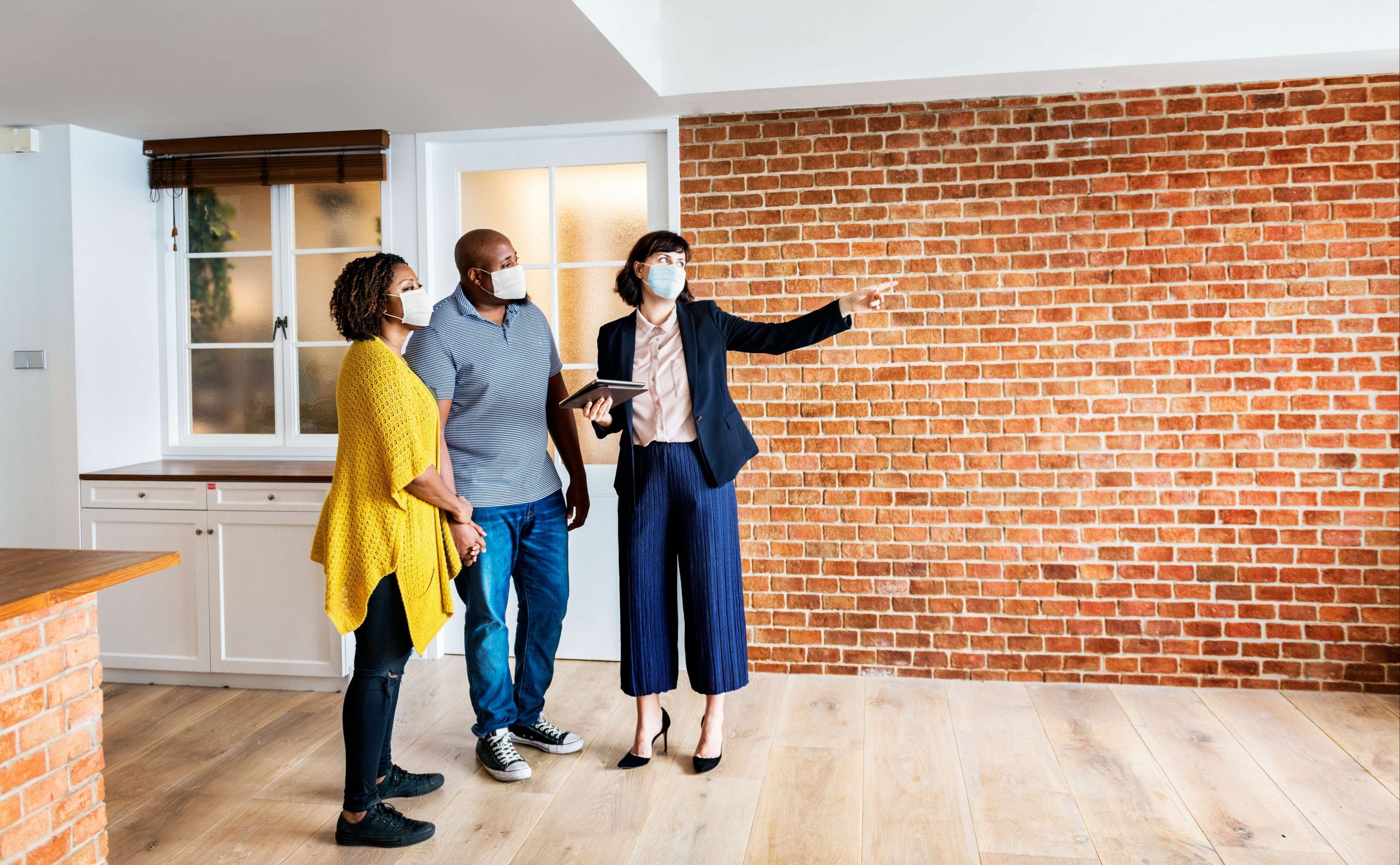
Check out the apartment moving in: 13 important things not to be missed
Why is the move-in apartment checklist important?
As a tenant, you want to make sure you get:
- A good, convenient and comfortable apartment
- There is no problem with the property, the interior of the apartment
- Get your deposit back when you move out
This means you need to check the quantity and document the condition of the property when you move in – so that you don’t get blamed for any pre-existing damage and broken. The more tenants protect themselves when moving in – the faster and easier the move will be.
Whether you are a first-time tenant or a long-term tenant, you should not skip checking out this apartment when you move in. This is a useful tool to help you eliminate future risks.
Remember, “Check = protect your deposit and peace of mind”
Who benefits from a move-in apartment inspection?
Both landlords and tenants benefit from an apartment inspection upon moving in.
For landlords: Inspecting the apartment before the tenant moves in helps the landlord to monitor the condition and quantity of properties in the apartment from the beginning. From there, there are separate management & operation reports for your building. Set up a shopping list or repair damaged property. The goal is to bring a comfortable and secure apartment to tenants.
A move-in checklist can hold the tenant accountable for damage caused by using the unit during the rental period. Documenting the condition of the property & furniture at the time of move-in can help reduce the possibility of landlord-tenant disputes regarding the return of the security deposit.
For tenants: Inspecting the apartment before moving in helps tenants know exactly what assets and furniture are in the apartment. It can also serve as a written basis in the event of a future legal dispute.
A move-in checklist can be a tool that tenants use to take stock of what the landlord may need to fix or improve before or during the tenancy.
Who should be present during the move-in inspection?
- Landlord/ manager/ management company
- Tenant/ Tenant’s Representative
- Brokers/ estate company (if any)
There is no need to be secretive about the inspection of the property inside the apartment. Both the landlord and the tenant and the agent (if applicable) need to be involved in the apartment inspection before the tenant moves in.
Landlords and tenants need to check the quantity and condition of each piece of equipment and furniture – the more detailed the better.
Once the landlord and tenant have completed the move-in checklist, it should be signed by both parties. Both parties should keep copies of the apartment checklist when moving in to prevent disagreements over checking out the apartment and returning the security deposit.
What needs to be done to make the inspection process of the apartment move in quickly and smoothly?
For the landlord
- Inspect the apartment first, repair, replace or remove damaged appliances & furniture.
- Clean the apartment, make sure the apartment is in good working condition.
- Make a list of properties and furniture that need to be checked when tenants move in.
- Take photos or videos of the apartment before guests move in.
For tenants
- Make a list of areas or equipment & furniture that need to be checked in detail when moving in.
- Ask a friend or relative to help inspect the apartment.
- Take photos or videos of the apartment as evidence.
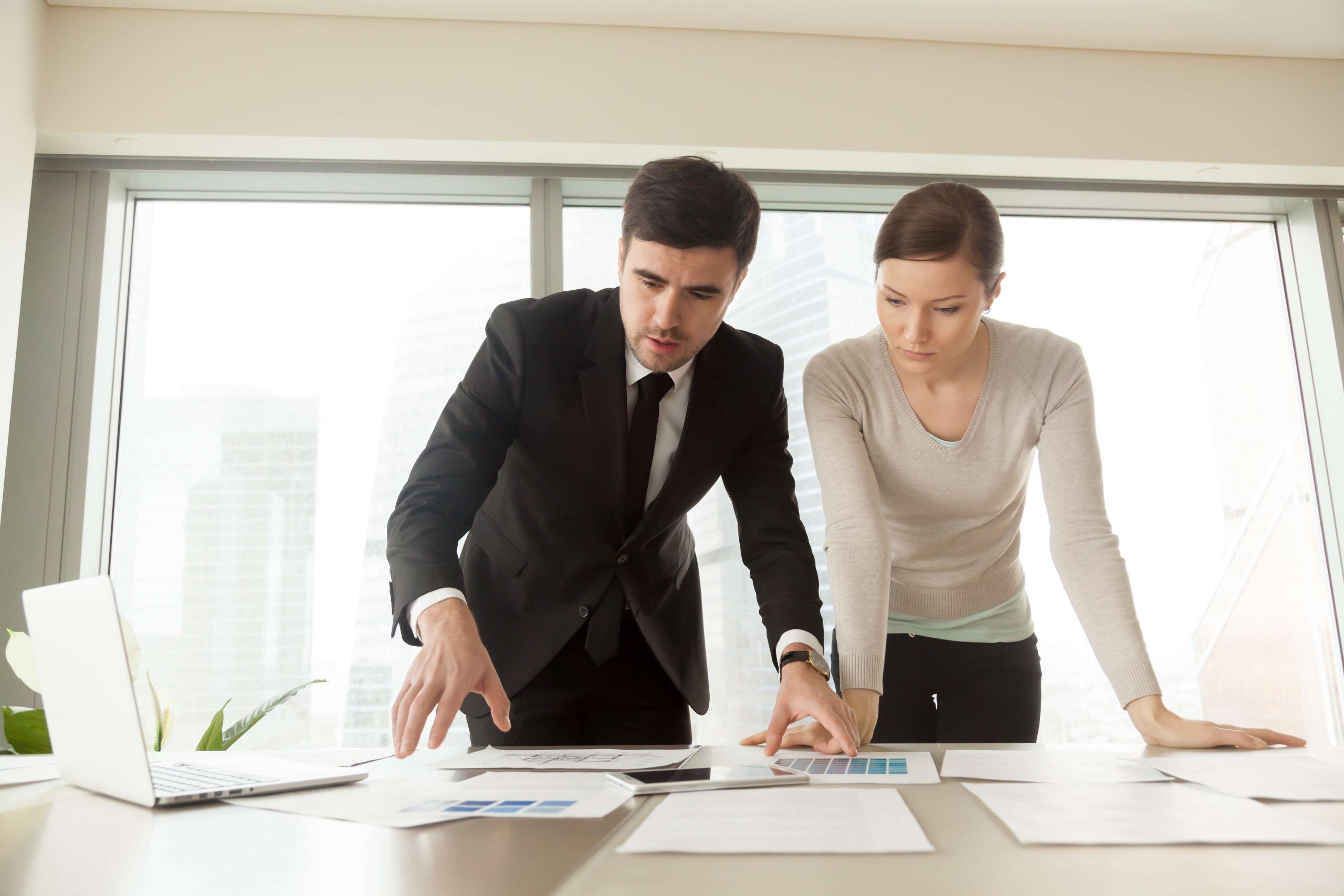
What does the apartment move-in checklist include?
If tenants and landlords don’t know where to start when creating a move-in checklist, don’t worry… JHouse will help. Here’s everything you should check off your apartment checklist before moving in.
1. Key and wifi
Keys and wifi are at the top of your apartment health checklist. You need to make sure it’s working properly and have a backup plan.
List of keys
Keys to the main door of the building, the main door of the apartment, the key of the windows, the key of the safe box, the keys of the rooms in the apartment, etc. check them one by one, make sure they work.
WiFi ID and password
Please connect to the wifi of your mobile devices, computers. Make sure wifi is working properly. Test wifi speed with Speedtest software and ask the host for a backup wifi option if your wifi connection has problems.
2. Building entrance door
In Vietnam, for serviced apartment buildings. You need to access the main door to the building first, then you can access the main door of the apartment. So you need to check the key or password and make sure you know how to use them. Ask the landlord to provide a backup plan if the building’s door cannot be opened with a key or password.
3. Apartment doors and windows
Open and close windows and doors to make sure they work properly. Make sure all windows and doors are fully locked and secure when you pull them in. You should also make sure that the key can open and close doors and windows.
4. Walls and ceilings
- Look closely at the walls, floors, and ceilings during an apartment inspection, for cracks and stains, mold, and signs of water damage (usually visible by stains or blisters in the paint).
- Thoroughly check areas such as main door entrance, wall corner, kitchen area, balcony-window area, bathroom area, etc…
5. Floors
Test the floor by turning the carpet all the way up, stepping on the floor with your feet to see if they are elastic, if they are elastic then they are blistering. In addition, you can also place your face close to the floor to observe the protrusions, cracks, and damage of the floor. If it is a wooden floor, you need to check more closely and check areas such as near the kitchen, corner of the wall, entrance to the main door, near the bathroom door, … because these are the areas that are often damaged and blistered by water, …
6. Apartment handover – Overall cleanliness
Visually inspect and search for areas in the apartment that you think will not be cleaned or neglected. Overall apartment inspection from walls, floors, furniture, corners, balconies, kitchen shelves, bathrooms, windows, etc. Make sure you get a clean apartment before moving in. If they have not been cleaned, ask the landlord to clean them as it is the responsibility of the landlord.
7. Air-conditioning system – air-conditioner
Use the remote to turn on all the air conditioners in the apartment, control the mode of each air conditioner and observe. Make sure each air conditioner has its own remote, works well, and does not leak water. You can also open the lid of the air conditioner to check how dirty the air conditioner is, if it has not been cleaned – you can ask the owner to clean them (this cost will be covered by the landlord).
8. Check out the apartment for rent – Lighting system
Turn on all the lights in all the rooms to make sure everything works. Look for burned-out or failing light bulbs including ceiling, decorative, recessed, and work lights. Ask your landlord to replace any burned-out or malfunctioning bulbs before you move in. It’s the owner’s job for routine maintenance.
9. TV and audio equipment
Most apartments will use smart TVs and especially in Vietnam, most TVs will use the Vietnamese language. So you need to ask the host to reinstall the language (if you are a foreigner). The TV must be set to wifi or internet ready. The TV comes pre-installed with programs such as Youtube, Netflix, etc. In addition, you need to press to switch channels or increase or decrease the volume to see if they work well.
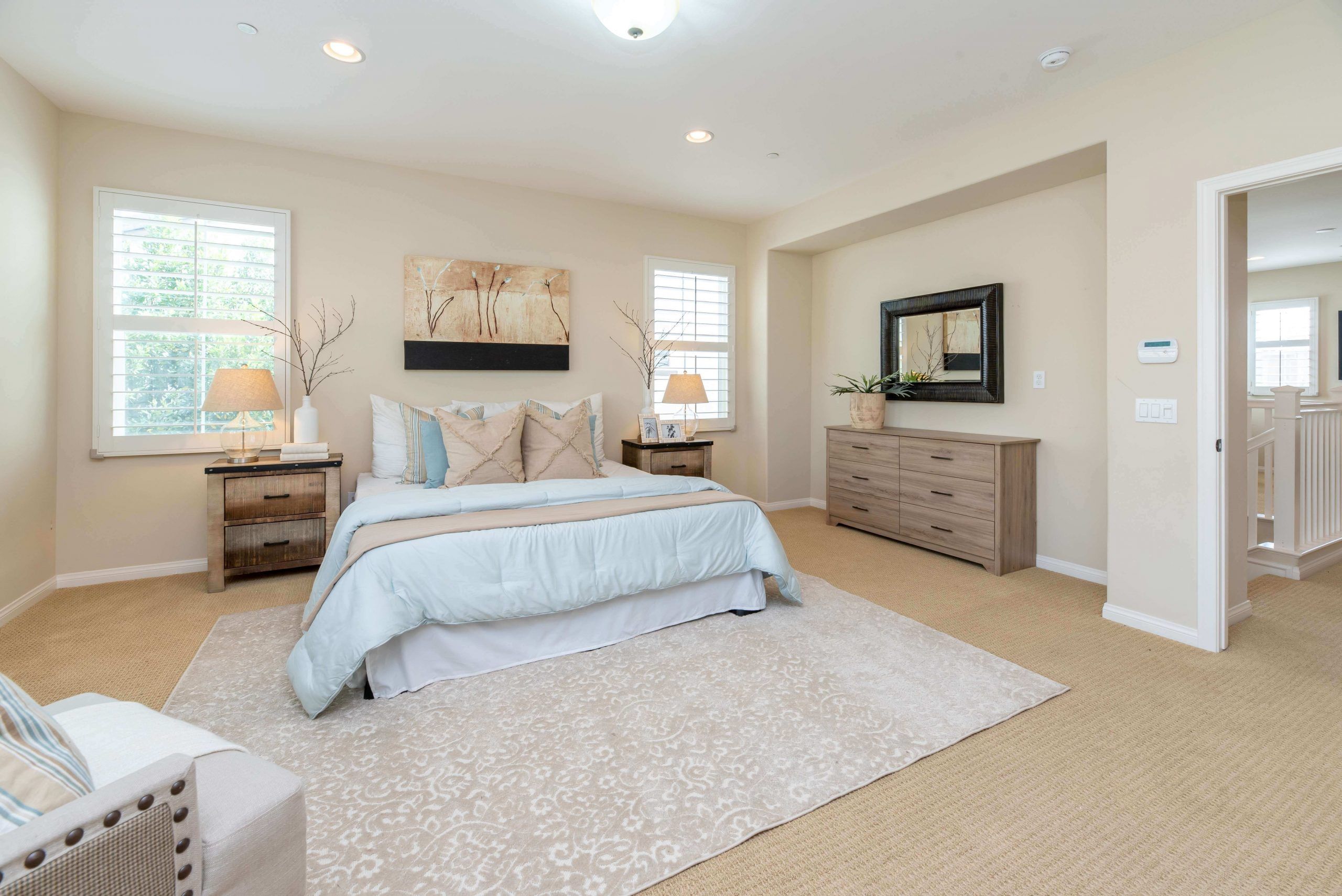
10. Check out the Move-in apartment inspection – Bedroom
- Beds and mattresses
You are free to test and can lie on the bed to check their safety. Inspect every part of the bed for damage, cracks, loose bolts, and evidence of bed bugs. Check the mattress and care for stains or tears.
- Curtains
Make sure curtains are drawn and closed easily. Curtains do not get moldy or dusty and do not tear.
- Wardrobe
Open the closet door to inspect the inside, check for odors and mold. Cabinet doors should open and close easily.
- Other devices
Things like: windows, lights, ceilings, walls, carpets, dressing tables, air conditioners, wall paintings, clocks, desks, etc. Check all of them, make sure they are working properly, no strange noises and no smell.
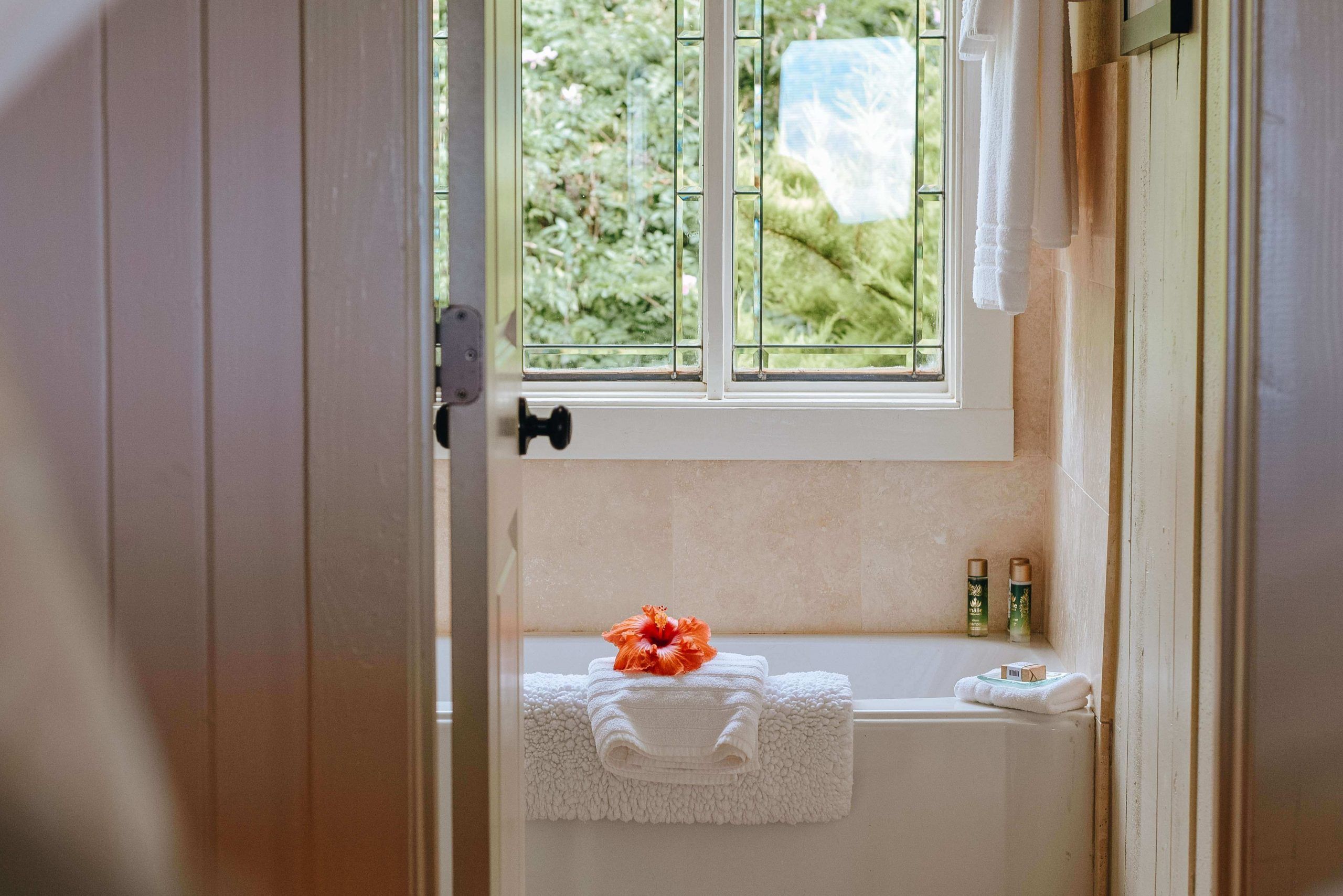
11. Check out the apartment moving in – Bathroom
- Toilet
Flush toilets to make sure they drain and fill up quickly. Check back in a few minutes and listen for any strange sounds. Make sure the toilet is in good working order.
- Showers, tubs and faucets
Test hot and cold water, to see if they are working properly. Turn on all faucets to check that the water pressure meets your individual needs and there is no excessive dripping after you turn it off. Make sure the water is clear and clean and drains properly. Check the water supply and drainage pipes for water leaks.
- Drainage
Pay attention to the drainage condition in the drain pipe. Make sure the water does not stagnate and the water is drained quickly, without clogging.
- Cabinet
Open all bathroom cabinet doors for signs of water leaks or mold. Make sure the cabinet door opens and closes easily.
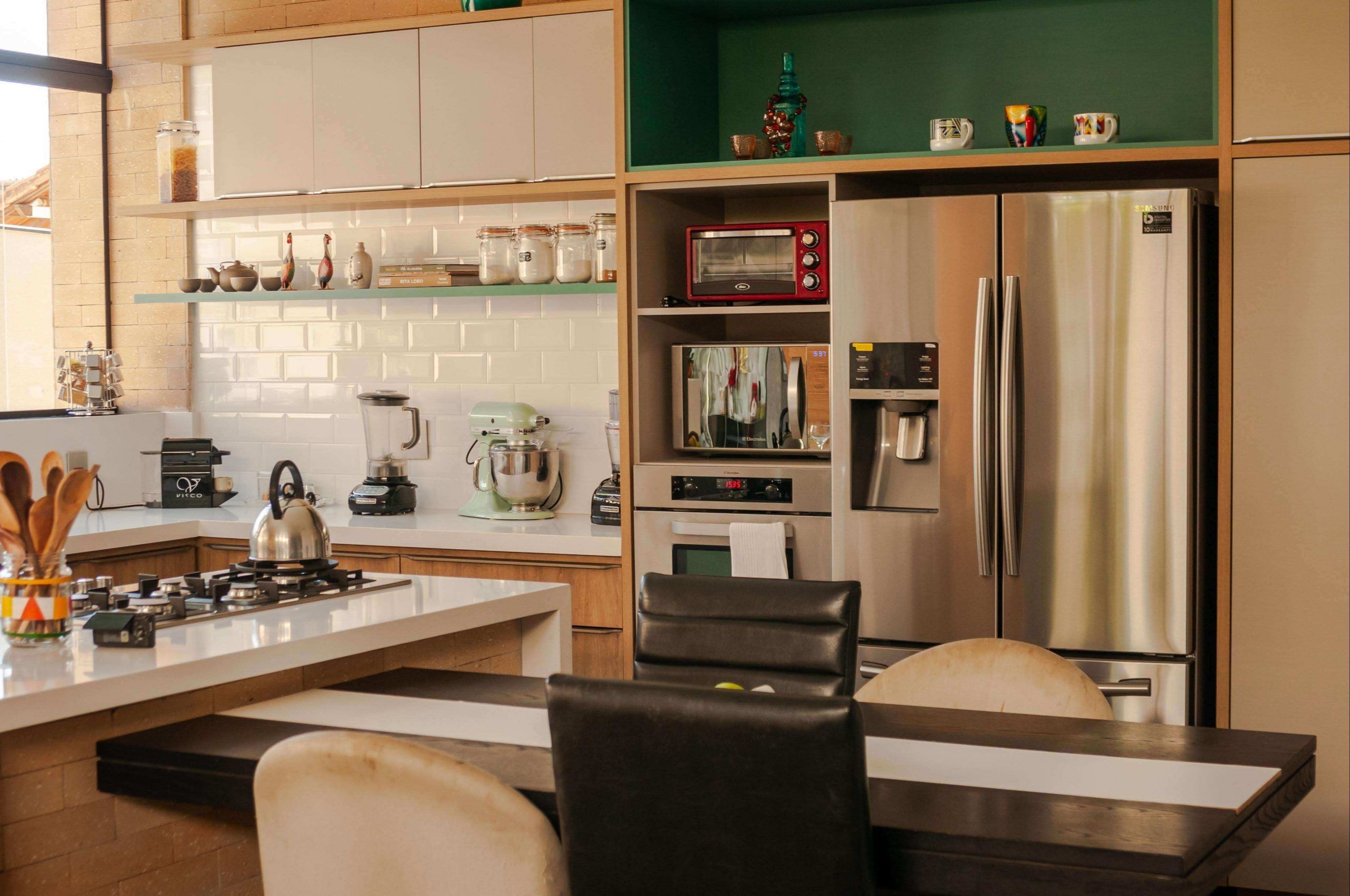
12. Check out the apartment – Kitchen
- A kitchen
Turn on the hobs to check their working condition. On an electric stove, turn on all burners to make sure they are all working and the heating elements are hot. You can test this by placing a drop of water from your hand on each burner. Make sure the stoves are in good working order and that you know how to use them. If you don’t know how to use the hob, ask your host for instructions on how to use it.
For gas stoves, check to make sure that each burner will light up without too much force or gas. Make sure all burners are off and cold when you turn them off, and don’t smell gas.
- Fridge
Put your hand in the refrigerator to check the coldness of the refrigerator. Open the refrigerator and check cleanliness, refrigerator trays, freezer compartment, lights, odors, stains, and leftovers. Make sure the fridge is clean and free of any food from the previous tenant.
- Other electrical equipment
Other electrical appliances such as microwave oven, oven, dishwasher, water heater, rice cooker, coffee maker, hood, etc. Please plug in the power and check their operation status. Make sure that the electrical equipment is in good working order, no strange smell, no leakage, no abnormal noise.
- Sink
Turn on the water and check the pressure. Check the faucet to make sure it’s working and look under the sink for water leaking out of the pipes.
- Drawers and cabinets
Drawers and cabinets should be clean, open, and close easily, without damage or creaking. This is where you really want to look out for rodent droppings or bugs, as they tend to go where food is available.
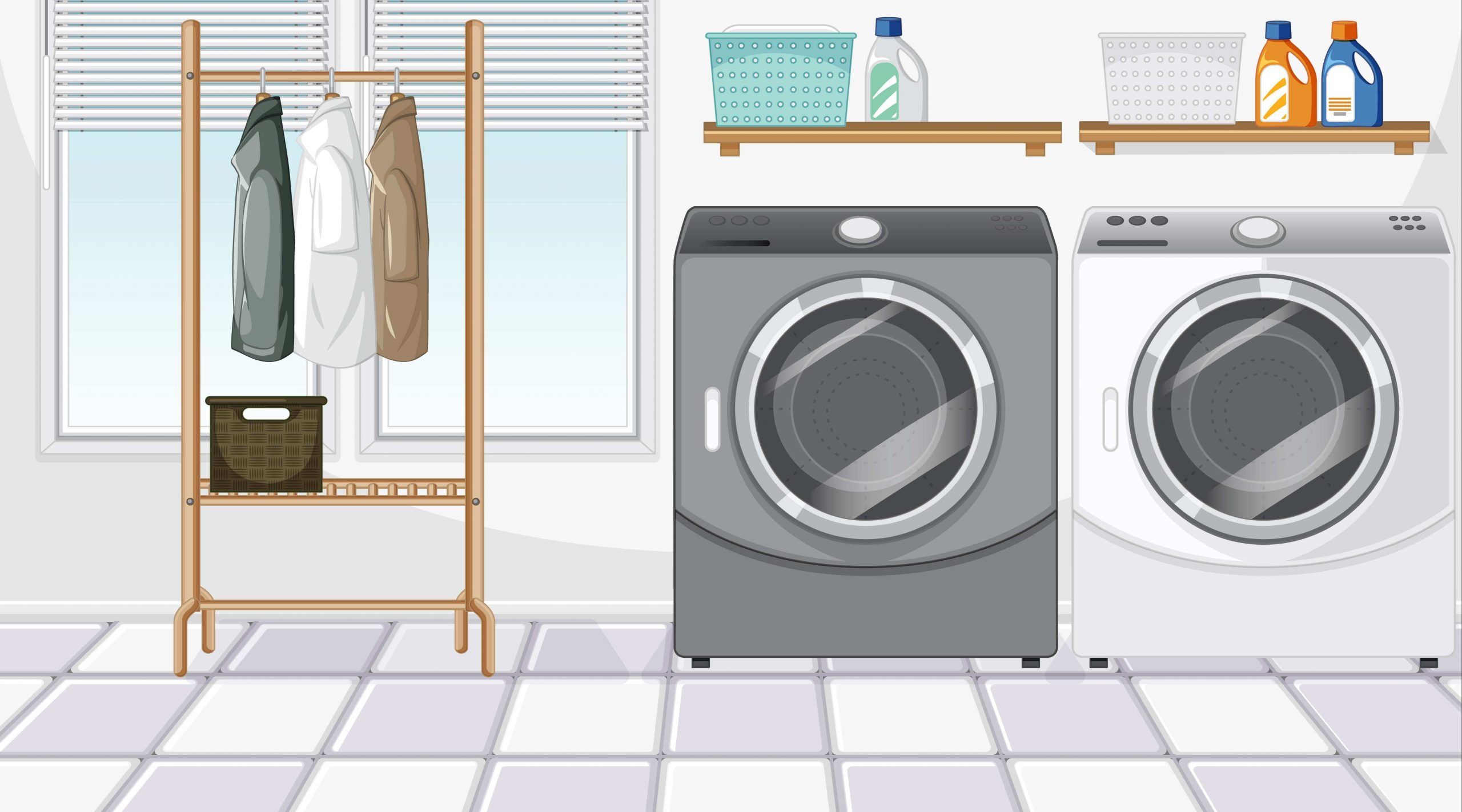
13. How to check the apartment – Laundry area
If your apartment is equipped with a laundry area with a washer and dryer and a drying rack. Make sure you know how to use them. Turn on the power switch to see if the washer and dryer are working. Check that the water supply and drain pipes are attached and in the correct position. Check for scratches, leaks, mold, and odors for anything unusual.
Read more: Make your moving day easy with the First Apartment Checklist
What to do if you discover something amiss during an apartment inspection?
- Record all defects as they are discovered in writing.
- Take pictures of the damage.
- Ask the landlord to repair the damage or replace it.
Check as thoroughly as possible with all appliances and nooks and crannies of the apartment. After completing a pre-move apartment inspection – summarize any damage that needs to be repaired or replaced so that the landlord can catch it and take corrective action.
There’s no need to rush through the apartment before moving in, because it’s your time – the tenant. The apartment inspection period is a time to protect yourself – the deposit and also the potential risks that arise during the living process. The more thorough you are, the more detailed you will benefit.
And finally, both landlord and tenant sign the apartment checklist. Make sure that both parties understand the problems, know what they need to do, and how long it will take to get them done. Each party should keep a copy of the apartment checklist for reference and documentation.
Free download sample: Move-in and Move-out Apartment checklist
It is a fact that no apartment is perfect in every way – even if the apartment is brand new or carefully operated by the owner. The best way to find out where an apartment is not perfect is to create a checklist for the apartment when you move in and examine them carefully. Start a comfortable, secure life and eliminate potential risks in the future.
JHouse Content Team
The in-depth content development team on housing services for foreigners & Vietnamese in Vietnam. The content is simple, easy to understand, logically arranged to bring readers useful topics and information from real experiences. JHouse welcomes sharing & copying from you – Attach source & quote from JHouse, please!

![[:en]JHouse and Visa Oriental partnership signing ceremony providing all visa services, TRC, Work Permit[:vi]Hợp tác giữa JHouse và Visa Phương Đông cung cấp dịch vụ Visa, TRC, Work Permit[:] 13 1](https://jhouse.vn/wp-content/uploads/2024/03/1.png)
![[:en]JHouse and Poste partnership signing ceremony providing housing services for Japanese in HCMC[:vi]Lễ ký kết hợp tác JHouse và Poste cung cấp dịch vụ nhà ở cho người Nhật tại TP.HCM[:] 14 JHouse and Poste partnership signing ceremony providing housing services for Japanese in HCMC](https://jhouse.vn/wp-content/uploads/2024/01/Partnership1.png)
![[:en]What is a furnished apartment? What is included inside apartment[:vi]Căn hộ đầy đủ nội thất là gì? Tại sao nên thuê căn hộ full nội thất[:] 15 furnished-apartment](https://jhouse.vn/wp-content/uploads/2021/09/furnished-apartment.jpg)
![[:en]What is a penthouse apartment? Pros and cons of life on top[:vi]Penthouse là gì? Ưu và nhược điểm của cuộc sống trên đỉnh[:] 16 duplex-penthouse-apartment](https://jhouse.vn/wp-content/uploads/2021/09/penthouse-apartment.jpg)
![[:en]What is a basement apartment? Everything you need to know[:vi]Căn hộ tầng hầm là gì? Ưu nhược điểm và lưu ý quan trọng bạn cần biết[:] 17 basement-apartment](https://jhouse.vn/wp-content/uploads/2021/09/basement-apartment.jpg)
![[:en]What is a loft apartment? Popular loft apartment designs in Vietnam[:vi]Căn hộ loft apartment là gì? Các thiết kế căn hộ gác xép phổ biến[:] 18 loft-apartments](https://jhouse.vn/wp-content/uploads/2021/09/loft-apartment.jpg)
![[:en]What is a studio apartment? 10 pros and 5 cons you need to know[:vi]Căn hộ studio là gì? 10 ưu điểm và 5 nhược điểm bạn cần biết khi thuê[:] 19 what-is-a-studio-apartment](https://jhouse.vn/wp-content/uploads/2021/09/what-is-a-studio-apartment.jpg)
![[:en]Tenant's guide to different 11 types of apartments for rent in Vietnam[:vi]Sự khác nhau giữa 11 loại hình căn hộ cho thuê phổ biến nhất 2021[:] 20 types-of-apartments-for-rent](https://jhouse.vn/wp-content/uploads/2021/09/types-of-apartments-for-rent.jpg)